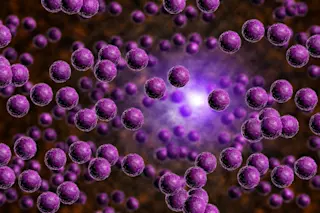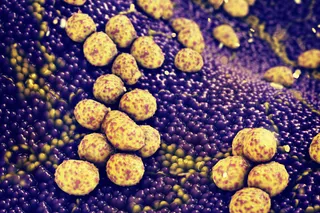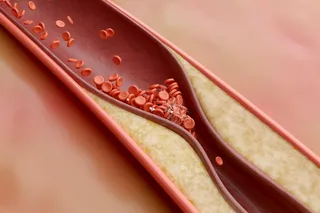Around 30 percent of people have Staphylococcus aureus bacteria — the primary bacterial culprit behind staphylococcal infections — somewhere on their skin or in their nose. In most cases, these spherically shaped bacteria stay out of trouble. But that’s only in most cases.
When presented with open wounds, scrapes, and scratches, S. aureus can invade and infect the body, and with serious consequences. In the skin, staph infections can cause boils, blisters, and inflammation. In the blood, they can cause septicemia and sepsis. And once there, they’re poised to travel to other places, too — to the lungs, to the heart, and to other internal organs, where they can create all sorts of problems.
It turns out, however, that scientists don’t have to look very far to find a solution for troublemaking S. aureus bacteria, which are famous for their resistance to clinical antibiotics. According to a new study in ...















